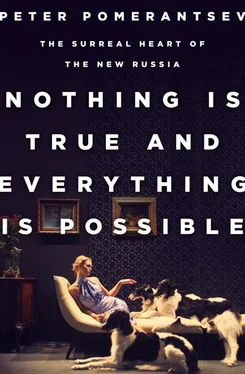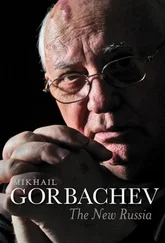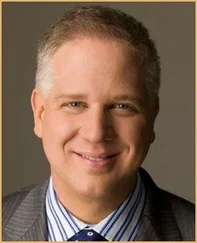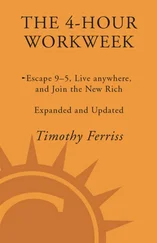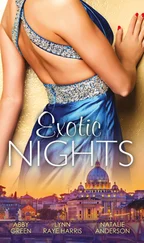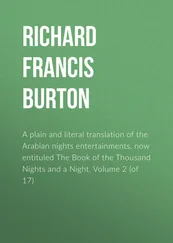We follow Mozhayev as he climbs into the remains of a broken wooden mansion, recently gutted by one of these mysterious fires. In the palace the snow wafts through the burnt-out roofs into rooms with sky-blue wallpaper and the remains of an ancient fireplace now hung with icicles. Under open boards beneath our feet we can see bums sleeping in the basement. Mozhayev finds old notebooks from the people who once lived there. He begins to tell the story of the building, who lived here and who did what. His little audience listens closely. There is something almost hallucinogenic about his storytelling: the roof on the house seems to grow back, you can feel the fire burning in the hearth and hear the footsteps of lost aristocracy and the gossip of their servants, then see how the house was taken over by communists in 1917, hear the shots when the original owners were executed, and see the little palace be converted into a communal apartment—where everyone was arrested during Stalin’s terror—then become a small hospital during the war.
“Old walls and doors know something we can’t understand,” Mozhayev wrote in one of his essays: “the true nature of time. The drama of human lives is written in the buildings. We will be gone; only places remain.”
“Mozhayev is the city’s memory,” a girl with orange pigtails tells me when I ask her why she has come. “Before I had no idea about the city I grew up in.”
But Russia has problems with its memories. There isn’t a building that we walk past that wasn’t the scene of execution squads, betrayals, mass murders. The most gentle courtyards reveal the most awful secrets. Around the corner from Potapoffsky is an apartment block where every one of the families had someone arrested during Stalin’s terror. In the basement of what is now a brand new shopping mall was the courtroom where innocent after innocent was sentenced to labor camps, the courts working so fast they would get through two cases inside a minute. And those are just the Stalin years, not even encroaching on the dismal betrayals of later decades, listening at the door of your neighbors’ rooms to report them tuning into the BBC or Radio Free Europe.
“Every new regime rebuilds the past so radically,” Mozhayev says as we move back toward Barrikadnaya. “Lenin and Trotsky ripping up the memory of the tsars, Stalin ripping up the memory of Trotsky, Khrushchev of Stalin, Brezhnev of Khrushchev; perestroika gutting the whole Communist century… and every time the heroes turn to villains, saviors are rewritten as devils, the names of streets are changed, faces [are] scrubbed out from photographs, encyclopedias [are] re-edited. And so every regime destroys and rebuilds the previous city.”
On the corner of Barrikadnaya a little baroque house is pushed out of the way by a constructivist apartment block of the 1920s, in turn dominated by a sneering, Stalin skyscraper, itself now outflanked by the dark glinting tiles of a huge, domed new mall, resembling the tents and spears of Mongol battle camps. And all these buildings seem to push and shove each other out of the way. If areas of London or Paris are built in a similar style—searching for some sort of harmony, memory, identity—here each building looks to stamp and disdain the last, just as every regime discredited the previous.
Whenever twenty-first-century Russian culture looks for a foundation it can build itself from, healthy and happy, it finds the floor gives way and buries it in soil and blood. When the Ostankino channels launch the Russian version of the British TV show Greatest Britons , renamed Name of Russia , it’s meant to be a straightforward PR project to boost the country’s patriotism. The audiences across the nation are to vote for Russia’s greatest heroes. But as the country starts to look for its role models, its fathers, it turns out that every candidate is a tyrant: Ivan the Terrible, founder of Russia proper in the sixteenth century and the first tsar; Peter the Great; Lenin; Stalin. The country seems transfixed in adoration of abusive leaders. When the popular vote starts to come in for Name of Russia , the producers are embarrassed to find Stalin winning. They have to rig the vote so that Alexander Nevsky, a near-mythical medieval warrior knight, born, we think, in 1220, can win. He lived so long ago, when Russia was still a colony of the Mongol Empire between the thirteenth and fifteenth centuries, that he seems a neutral choice. Russia has to reach outside the history of its own state to find a father figure. But though this was never mentioned in the program, what little evidence there is of his career shows that Nevsky made his name by collecting taxes, quelling and killing other rebellious Russian princelings for his Mongol suzerain.
How do you build a history based on ceaseless self-slaughter and betrayal? Do you deny it? Forget it? But then you are left orphaned. So history is rewritten to suit the present. As the President looks for a way to validate his own authoritarianism, Stalin is praised as a great leader who won the Soviet Union the war. On TV the first attempts to explore the past, the well-made dramas about Stalin’s Terror of the 1930s, are taken off screen and replaced with celebrations of World War II. (But while Stalin’s victory is celebrated publicly and loudly, invoking him also silently resurrects old fears: Stalin is back! Be very afraid!)
The architecture reflects these agonies. The city writhes as twentyfirst-century Russia searches, runs away, returns, denies, and reinvents itself.
“Moscow is the only city where old buildings are knocked down,” says Mozhayev, “and then rebuilt again as replicas of themselves with straight lines, Perspex, double glazing.”
The Moskva Hotel opposite the Kremlin, a grim Stalin gravestone of a building, is first deconstructed, then after much debate about what should replace it, is eventually rebuilt as a slightly brighter-colored version of itself. And this will be the fate of Gnezdnikovsky, demolished and then rebuilt to house restaurants in the faux tsarist style, where waiters speak pre-revolutionary Russian, the menu features pelmeni with brains, and tourists are delighted at encountering the “real Russia.” And so Mozhayev’s walks become more than just about architecture, but about the way the whole society is governed. The glossy Moscow magazines that would never dare touch big politics instead talk about urban policy as a metaphor: “Give us back our city,” they write, and through that express their much more general discontent.
Bells are ringing. Mozhayev stops and says a little prayer. He’s Orthodox; always says a blessing before every swig. He brings us to a church. There is a crowd around the entrance, all holding candles reflected on the snow, which make this corner of the street look like it’s been painted gold. Inside the prayers are coming thick with that almost Buddhist chanting of the Orthodox, there’s a strong smell of incense, and people are crowding around the icons lighting candles. Your heart can’t help but swell, and your skin prickles. There’s something very true in the claim of the Orthodox that their version of the faith is closer to the original, less rational and more emotional and experiential. Everything presses in on you, the chanting and the people and the light, driving you toward the icons. And being, after all, someone who works in television, I notice how the experience follows the visual-emotional logic of my profession: you look deep at the icon of the suffering Christ, identifying your own experience with him just as the TV or movie viewer identifies with the close-up of the hero on the screen. And I remember something once told to me by the Russian émigré artist Vitaly Komar, that the genius in casting Christ as the main hero of the divine drama was that for the first time the viewer had a God he could truly identify with. “Christ is the precursor to Chaplin and all the other great loser-heroes of cinema and television,” Komar said. “Before Christ all the Gods were either perfect, aspirational Apollos, or invisible: but this one is frail and broken. Just like you.” (In his own paintings Komar had first satirized Soviet iconography with depictions of Stalin embraced by Grecian muses, and then, after emigrating, he searched for a new, divine symbolism.)
Читать дальше
